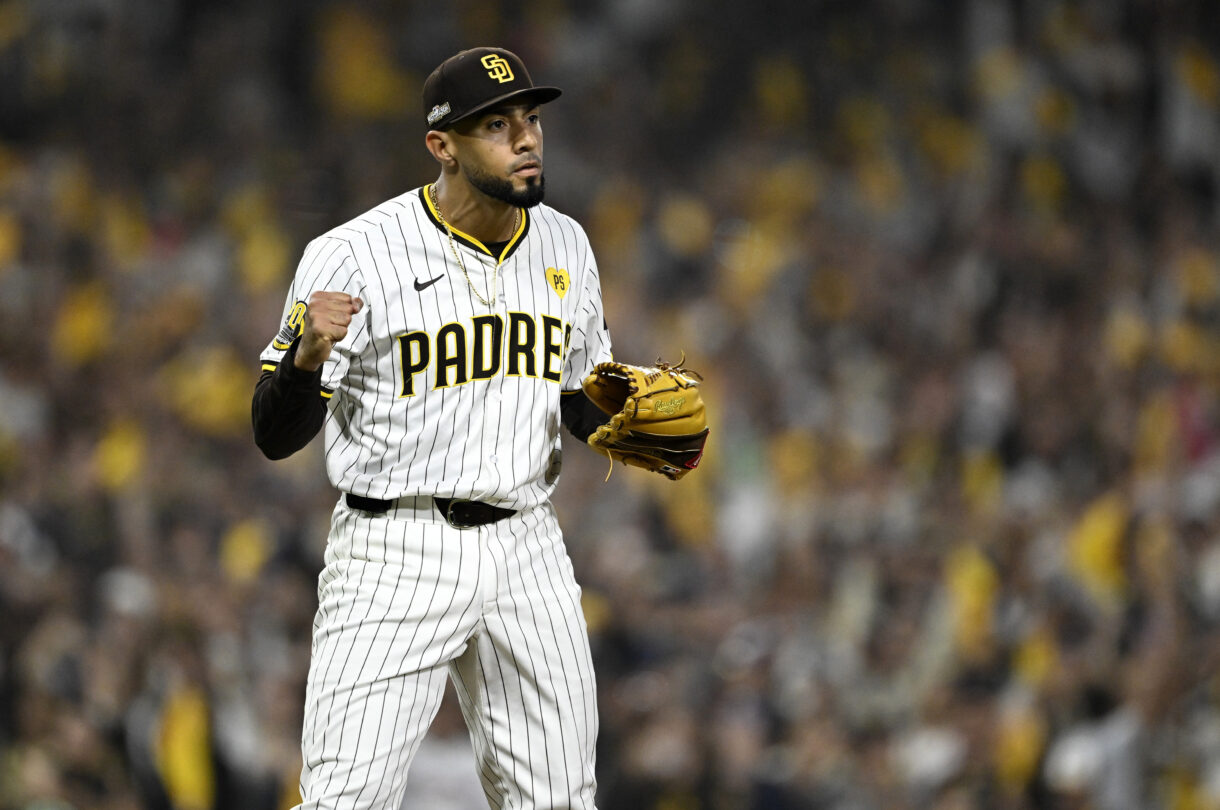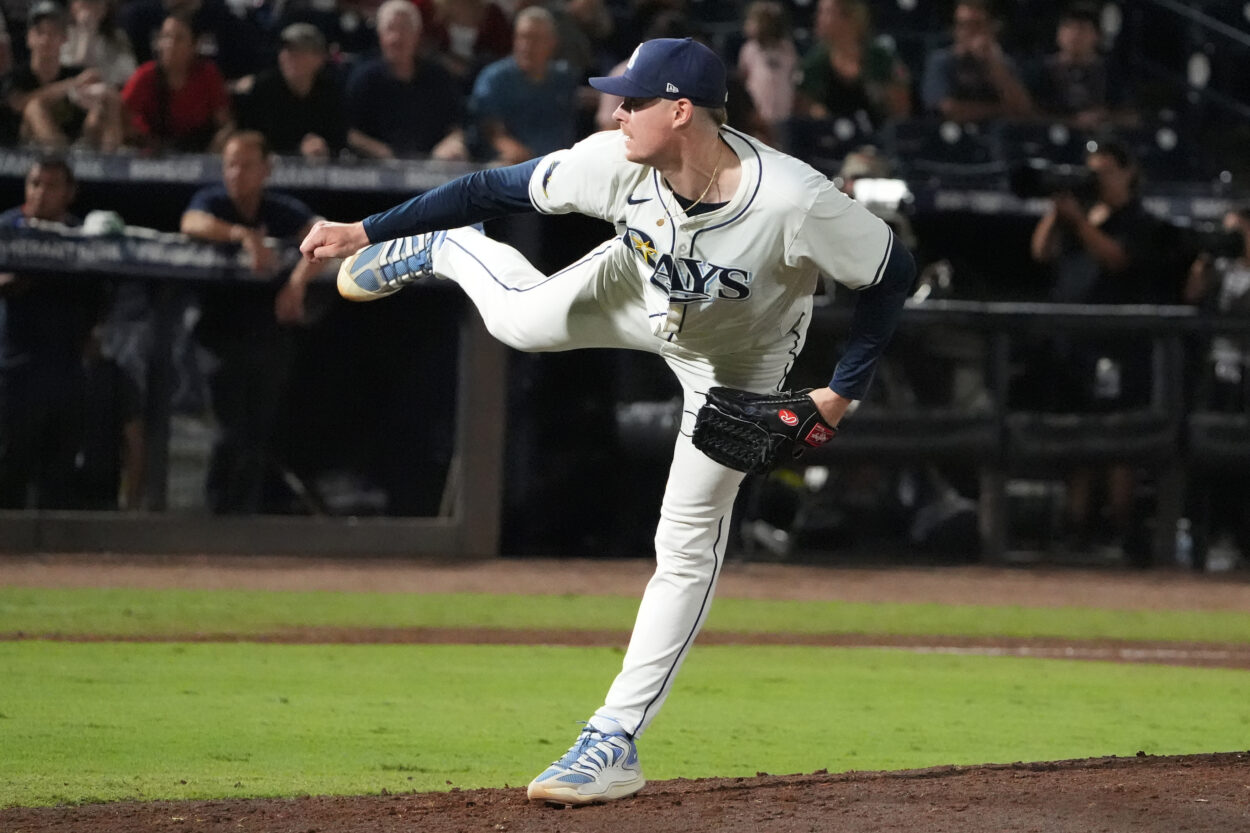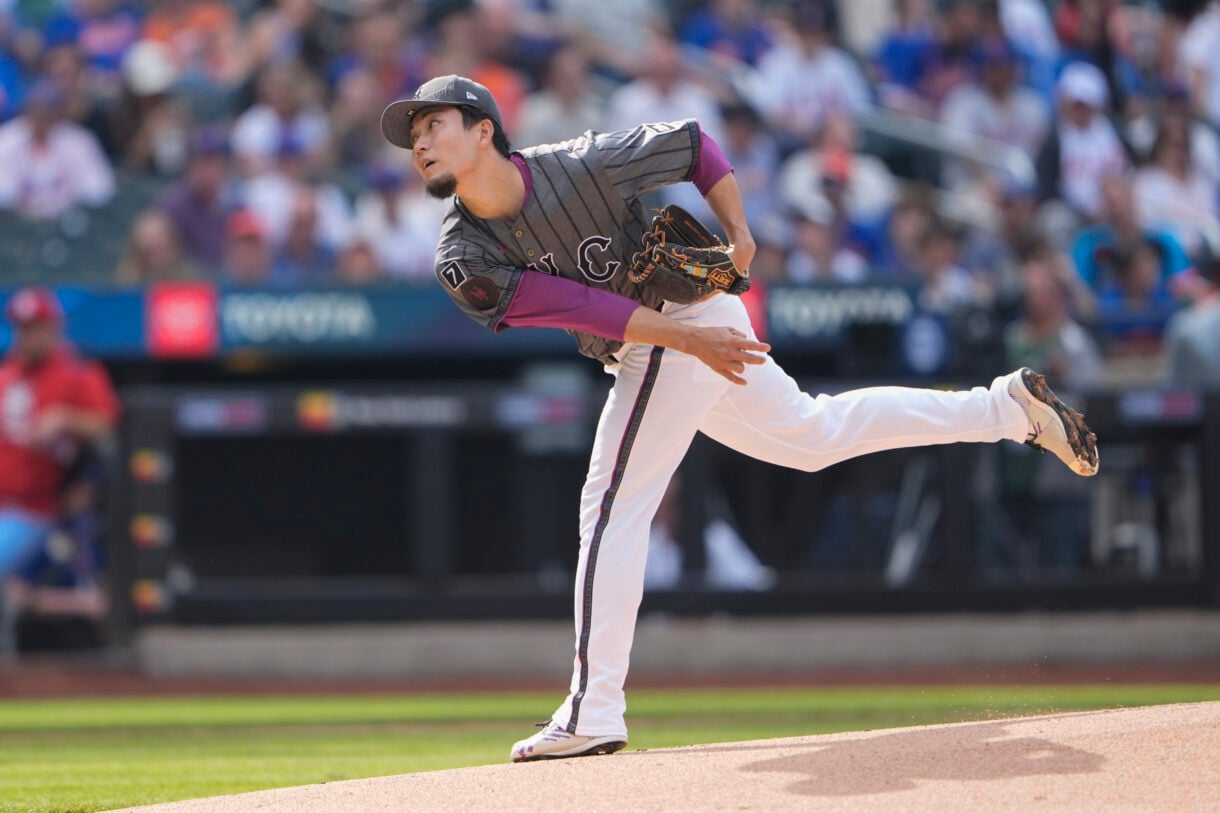
While they remain very much in play to bring back Edwin Diaz, the New York Mets are monitoring Robert Suarez and Pete Fairbanks’ markets. Additionally, Michael King might be an option in free agency now that Dylan Cease signed with Toronto, but unloading Kodai Senga might be the key to unlocking the Mets’ winter.
Mets ‘touch base’ with two elite free agent relievers
The Mets’ 83–79 finish in 2025 didn’t just frustrate fans — it exposed a bullpen stretched too thin for far too long. Everything this winter revolves around the Edwin Díaz decision, and while the Mets would love to retain him after his dominant season, they’re refusing to let his free agency dictate their offseason tempo. Instead, they’re pursuing multiple high-end arms at once, determined not to repeat last year’s late-inning chaos.
Their early targets tell the story. New York has already connected with the camps for Robert Suarez, Pete Fairbanks, and Devin Williams, signaling a push for legitimate top-tier help. Suarez offers elite stability and years of production, while Fairbanks presents a buy-low upside play built on competitiveness and the hope of a velocity rebound. The Mets know they need more than one fix — they need an entire late-inning backbone that can change the feel of a game rather than drag the offense into nightly rescue missions.

This winter is about urgency. Whether or not Díaz returns, the Mets can’t leave the offseason without at least two impact relievers. Intent is no longer enough; it’s time for action.
The Mets trading away injury-prone starter would be a stroke of brilliance
Kodai Senga’s 94.8 mph fastball isn’t just a number — it’s a warning. His declining velocity, rising walk rate, and shrinking strikeout totals paint a picture far less flattering than his 3.02 ERA suggests. The Mets, having already shown a willingness to shed problematic contracts with the Brandon Nimmo trade, now face a decision on whether Senga represents their next depreciating asset.
Despite a team-friendly contract, Senga’s reliability has become the issue. Injuries and inconsistency have made it difficult for the Mets to count on him as a rotation anchor. With his stuff trending downward and his workload increasingly limited, New York risks paying premium dollars for roughly 100 stressful innings a year — the kind of inefficiency David Stearns is actively trying to eliminate.

This may be the moment to move him. Senga still carries name value, and there will always be a pitching-needy team willing to bet on a rebound. The Mets, meanwhile, may be better off reallocating his salary toward durable arms or bullpen firepower before his value takes another hit.
The Mets are already down one big free agent starting pitcher
Toronto’s massive seven-year deal for Dylan Cease jolted the pitching market and served as a wake-up call for the Mets. With the top tier thinning quickly, New York is left staring at a rotation filled with health questions and unproven youth. Senga’s durability remains a gamble, while promising arms like Nolan McLean and Jonah Tong lack the experience required for a team with postseason ambitions.
That reality makes the Mets’ next moves crucial. Michael King stands out as a fascinating free-agent pivot — a pitcher with Cy Young-level ability but a shaky workload history. Signing him would be a high-risk, high-reward play, especially given the escalating costs of frontline starters. At the same time, the trade market offers a potential home-run swing in the form of Tigers ace Tarik Skubal, though the acquisition price would drain the farm system.
The Mets’ best solution may be a two-pronged approach: secure King for upside and target another starter via trade to stabilize the rotation. With Cease off the board and the market accelerating, New York can’t afford to sit back and hope the remaining pieces fall into place.
